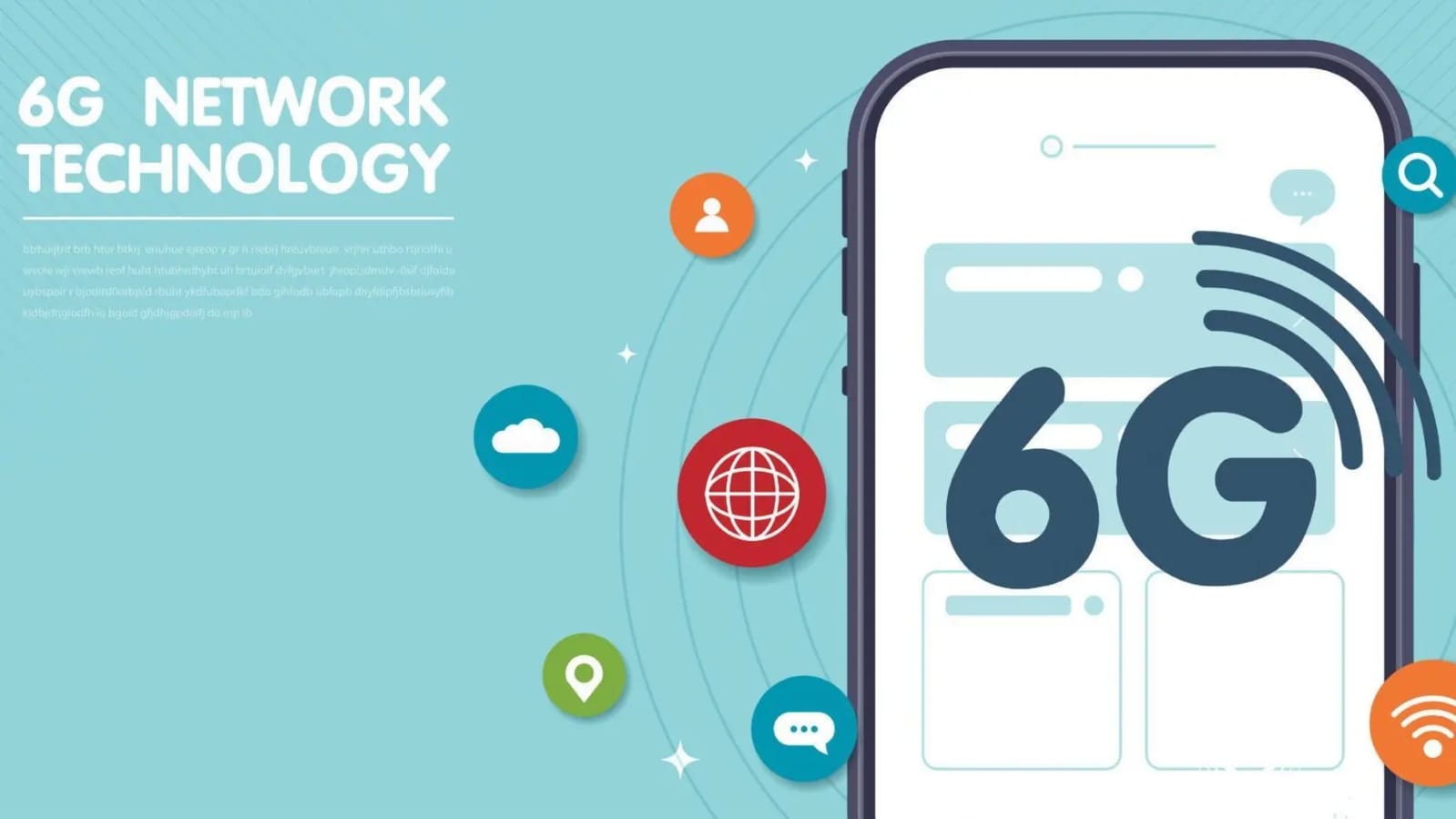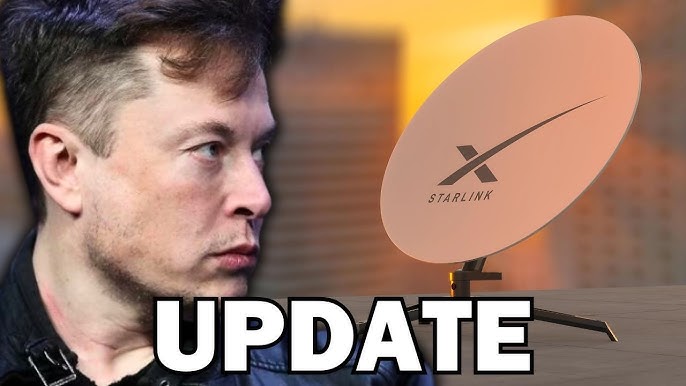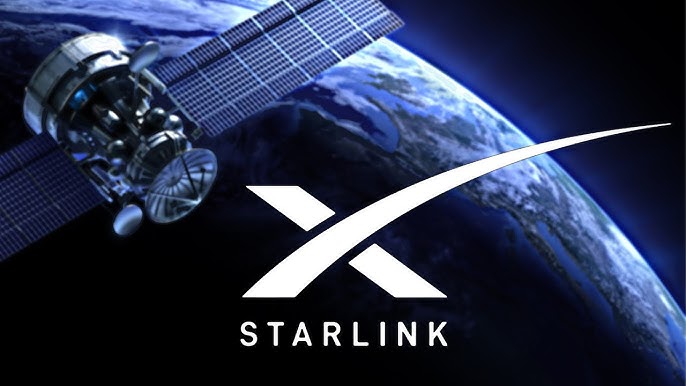Despite still being at an early stage regarding the potential use cases that will make 6G technology a success, due to the currently widening deployment of 5G networks, a set of highly potential directions can be identified for which current standard commercial networks are not able to satisfy their requirements. The classification of use cases presented here is intended to entice readers to change their view on how networks will change. It does not exclude further development of 5G use cases that will take place in parallel, instead it combines it with a longer-term perspective by addressing the communication needs of the year 2030.
Starting from 4G machine type communication (MTC) and 5G ultra reliable low latency communication (URLLC), a strong diversification of classes of services was observed beyond simply increasing network capacity, requiring specific network characteristics that could not be immediately met with the same infrastructure. Next-generation applications, hoping to serve more devices, using higher network capacity with greater reliability or lower delay, will require a mix of these capabilities. For example, new Enhanced Mobile Broadband Services (ABMB) such as Augmented Reality (AR)/Extended Reality (XR) will also require significantly lower delays in addition to higher levels of reliability and network capacity. Similarly, large-scale MTCs themselves will have to gear towards reliability and lower delays to be able to handle fine-grained automated environment management and increase network capacity when moving towards automated mobility and video-based insight generation.
However, the key driver for 6G will remain expanded network capacity. And this can only be achieved through new, Terahertz (THz) spectrum-based technologies. Be it a 4 tbit/s capacity for AR/XR, a 7-nines reliability, or <1 cm-accurate localization under a delay of 100 µs for industrial or holographic presence.</mark> For all these use cases, given how much the compute capability of terminals will grow in the next years, an even higher compute capability will be required from the network. This adoption of continuous communications and an increased number of devices will require a significant enhancement to the current 5G NR networks.
A key feature in 6G is the tight integration of localization into the network. Not only will position information be used for end-user location services, this information can also be used to improve the overall performance of the network, where initial coarse information in one domain can be used to improve another (e.g., coarse location information to enable beamforming with less feedback from the mobile device). Furthermore, location information can be aggregated and, with the help of machine learning algorithms, used to coordinate the network. This gives rise to a “combined communications and positioning” concept.
With 5G, a first step was made to support private and non-public networks. This opened the possibility to cover on-premises type deployments, resulting in more localized networks and the option to develop full-fledged campus or even regional networks. However, it also opened the option to cover additional mobile use cases. For 6G, the next step is to be able to communicate with other on-premises locations, to establish large-scale networks or global networks, resulting in an ultra-flat deployment, where coverage is scaled to specific areas where communication is needed (e.g., factory campuses around the world), integrated within a single network using backhaul connections (similar to current large enterprise networks).
Another important aspect of 6G will be ubiquitous availability and expanding coverage to reach more global connectivity. 3GPP already started with the integration of satellites into 5G systems (called non-terrestrial networks, NTN). This trend will continue with the inclusion and interconnection of many different satellite orbits and as network architectures evolve towards 6G, where various airborne (UAVs, aircraft, HAPs) and spaceborne platforms (different types of satellites) will also be interconnected with the static 6G network on a multi-layer (3D) architecture, requiring a dynamic, flexible RAN and core network architecture.
This range of new small networks ranges from fixed deployments such as currently foreseen for factory shop floors, temporary networks with additional base stations, increased local capacity, up to mobile deployments as required by nomadic sites, public protection and disaster relief (PPDR), public transport, logistics and maritime.
The contrasting requirements of 6G services and applications as well as future network flexibility dictate a complex interplay between a massive ecosystem of software and hardware network components, rendering classical theoretical approaches unable to scale seamlessly to the massive problem size. Artificial Intelligence can mitigate this problem by being a key enabler for self-adapting, data driven and scalable orchestration of heterogeneous network services, resources and applications.
Read Also:
- On The Road To 6G
- Advantages Of 6G Networks
- Key Aspects And Diverse Use Cases Of 6G
- A Journey Of Mobile Networks: From 1G To 6G
- Introduction About 6G Networks
- Introduction About 6G Networks
- Overall Challenges In 6G
- Towards 6G Communication: Architecture







